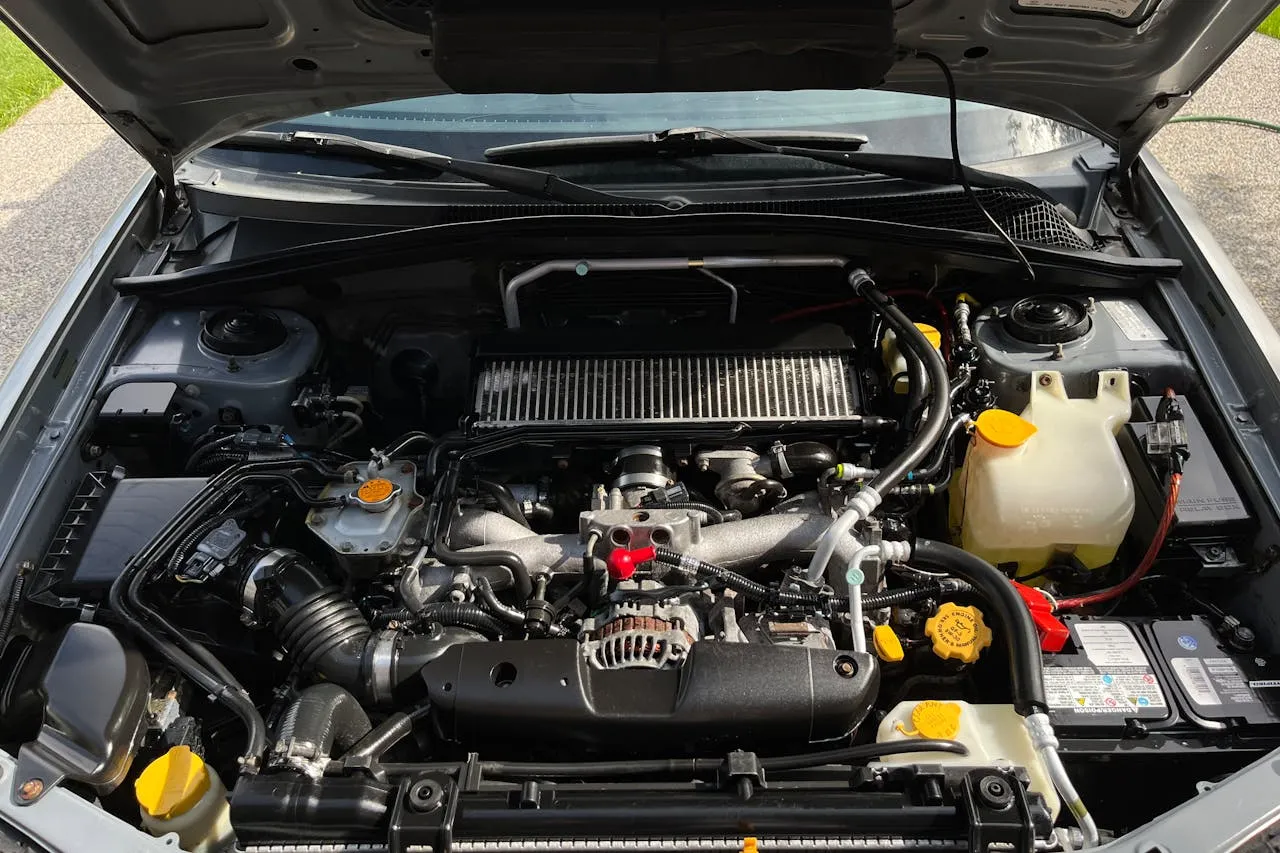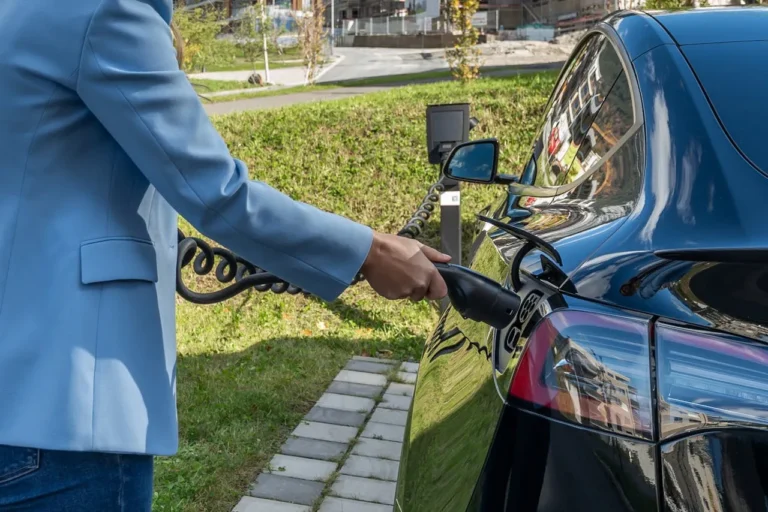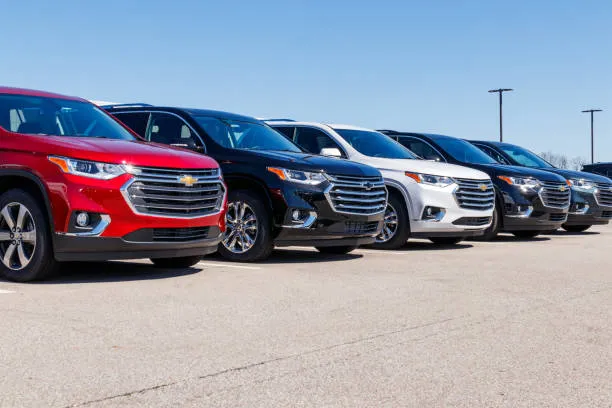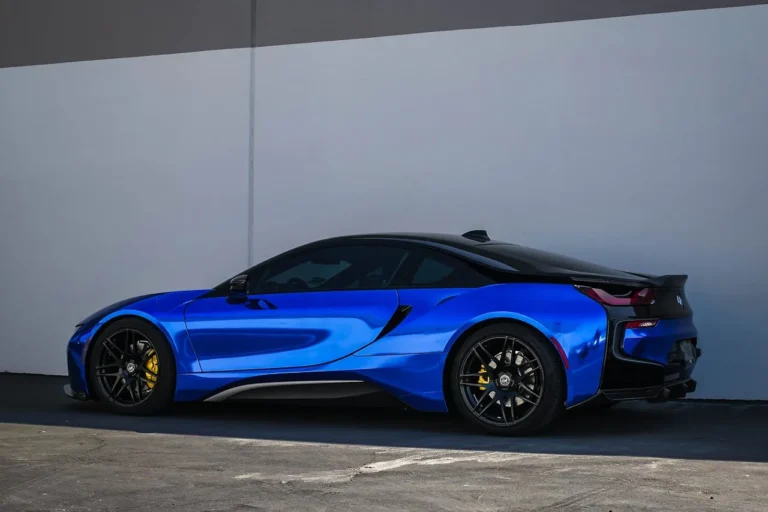
Driving the Future of Electrification: GM’s Battery Investments Span from Tennessee to Michigan
Amid the scenic landscapes just outside Nashville, Tennessee, a quiet revolution is taking place—one that could define the future of mobility not just for General Motors (GM), but for the American automotive industry as a whole. In the town of Spring Hill, innovation is thriving in the form of next-generation battery cell production, signaling GM’s unwavering commitment to electric vehicle (EV) leadership in the United States and beyond.
At the heart of this transformation is Ultium Cells, the joint venture between GM and LG Energy Solution. With its state-of-the-art production facilities in Spring Hill, Tennessee, and Warren, Ohio, Ultium Cells has established the largest OEM battery cell manufacturing footprint in the U.S. This bold undertaking supports GM’s vision of a future that is all-electric, zero-emissions, and more accessible to everyone.
Spring Hill: A Cornerstone of GM’s Battery Cell Strategy
Back in 2021, GM announced a $2.3 billion investment in the Spring Hill Ultium Cells facility, a pivotal move that marked the beginning of a new era in battery production. Today, the Spring Hill site is not just a factory—it’s a center of innovation, capable of producing a variety of advanced battery chemistries to support a wide array of electric vehicles across GM’s portfolio.
Currently, the Spring Hill plant manufactures nickel cobalt manganese aluminum (NCMA) pouch cells. These cells are central to GM’s Ultium Platform and power several of its most advanced EVs. However, GM’s ambitions don’t stop there. The company is now preparing the facility for a significant expansion to begin manufacturing lithium iron phosphate (LFP) cells—an important milestone in broadening its battery technology capabilities.
LFP chemistry represents a strategic breakthrough in battery development, offering a lower-cost, safer alternative to traditional nickel-based cells. It’s a particularly well-suited chemistry for applications requiring durability and stability, such as fleet vehicles, entry-level EVs, and everyday commuters. While LFP technology originated in the U.S., it has seen widespread adoption globally, especially in China. Now, GM is bringing this innovation home, pairing it with high-quality manufacturing and job creation right on American soil.
Construction and setup for the LFP battery cell production lines at Spring Hill are expected to begin shortly, with commercial-scale production projected for late 2027. This initiative not only underscores GM’s manufacturing capabilities, but also affirms its intent to localize supply chains and support domestic battery innovation.
LMR Battery Chemistry on the Horizon
With Spring Hill set to anchor LFP production, GM is already looking to the future with plans to introduce a third battery chemistry: lithium manganese rich (LMR). Earlier this year, GM announced its intention to become the first automaker to manufacture LMR prismatic battery cells at commercial scale—a significant industry first.
LMR cells are expected to offer a compelling balance between range, performance, and affordability, and will serve as a cornerstone for GM’s strategy to offer electric vehicles at multiple price points. These cells could play a crucial role in expanding GM’s EV lineup to include both full-size electric pickups and more affordable compact EVs, such as future iterations of the popular Chevrolet Bolt.
By mastering three distinct battery chemistries—NCMA, LFP, and LMR—GM is building the flexibility it needs to tailor its battery solutions to different vehicles and customer needs. This multi-chemistry approach will allow GM to optimize energy density, cost-efficiency, and durability across a wide spectrum of EV offerings.
Michigan: Engineering the Future of Battery Technology
While production is ramping up in Tennessee and Ohio, GM is also investing heavily in research and development in its home state of Michigan. On the campus of GM’s historic Global Technical Center in Warren, a symbolic and strategic moment occurred just last month: the placement of the final steel beam atop a new facility that represents the future of GM’s battery technology development.
Now officially named the Ancker-Johnson Battery Cell Development Center, this new 500,000-square-foot facility stands alongside the Wallace Battery Cell Innovation Center, forming a world-class R&D hub dedicated to battery science, materials engineering, and cell development. Combined, these two centers represent a $900 million investment in battery innovation—an unprecedented commitment from any U.S. automaker.
Named in honor of Dr. Stella Ancker-Johnson, a former GM vice president of environmental activities and a pioneering female physicist, the development center is more than a lab—it’s a symbol of GM’s legacy of technical excellence and its forward-looking approach to sustainability.
At this Michigan facility, engineers and scientists are pushing the boundaries of what’s possible in EV battery performance. From developing new electrode materials and cell designs, to testing high-throughput manufacturing techniques and advanced simulation tools, GM is preparing to not only build better batteries—but to build them faster, cheaper, and more reliably.
Investing in America’s Battery Future
Together, the investments in Spring Hill, Warren (Ohio), and Warren (Michigan) represent a comprehensive and integrated battery strategy—one that spans manufacturing, chemistry development, and next-generation R&D. These efforts are intended not just to serve GM’s current lineup, but to provide the technological foundation for its long-term EV future.
With the largest OEM battery production capacity in the country and a rapidly expanding R&D infrastructure, GM is positioning itself as a leader in the global battery arms race. These advancements will directly impact the automaker’s ability to meet growing demand for EVs, accelerate its transition to an all-electric future, and remain cost-competitive in an increasingly crowded global market.
Importantly, these developments will also generate thousands of high-tech manufacturing and engineering jobs, strengthening local economies and supporting American leadership in clean energy technologies. As the U.S. government and private industry continue to prioritize reshoring critical components of the EV supply chain, GM’s domestic battery strategy is a textbook example of how to lead with scale, speed, and innovation.
The Ancker-Johnson Center, named for pioneering physicist and former GM executive Betsey Ancker-Johnson, will help reduce development times for new batteries by as much as a year.
Its first assignment? To advance LMR batteries into production before anyone else.
The new state-of-the-art facility will house development teams focused on validating new cell concepts and accelerating the road to large-scale production. They’ll help us bring production cells to market quickly and cost-effectively, while meeting GM’s high standards for safety, quality, and performance. And they’ll help us innovate faster on the battery cost, range, and charging speed – all critical to our customers and to broader EV adoption.
These investments reinforce our commitment to build a resilient, U.S.-based EV material supply chain. Over the past several years, we’ve announced a series of strategic investments and supply agreements to secure critical resources, such as U.S.-sourced lithium and magnets, to support our long-term growth.
From securing the supply chain to advancing new chemistries and cell form factors to investing in state-of-the-art facilities for development, validation and manufacturing, every step we’ve taken is designed to build a robust, diverse America-driven EV portfolio. And we think we’re in a better position than any other automaker to lead the industry, and the country, on this road to the future.







